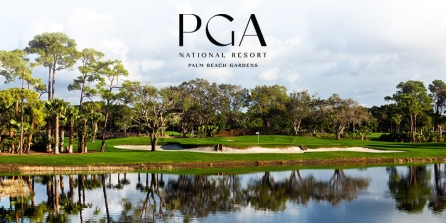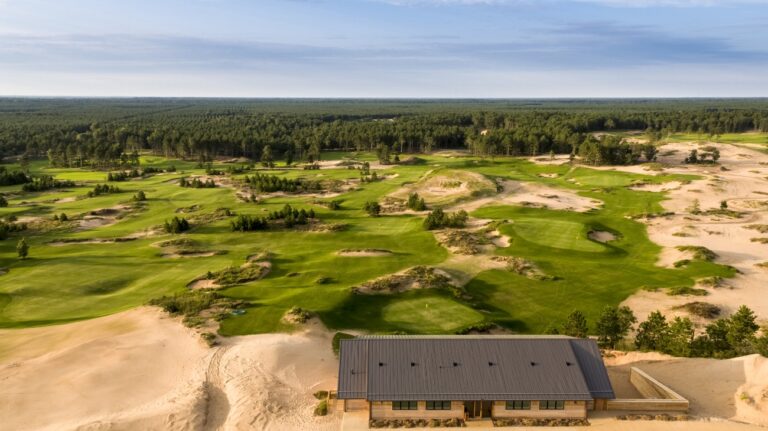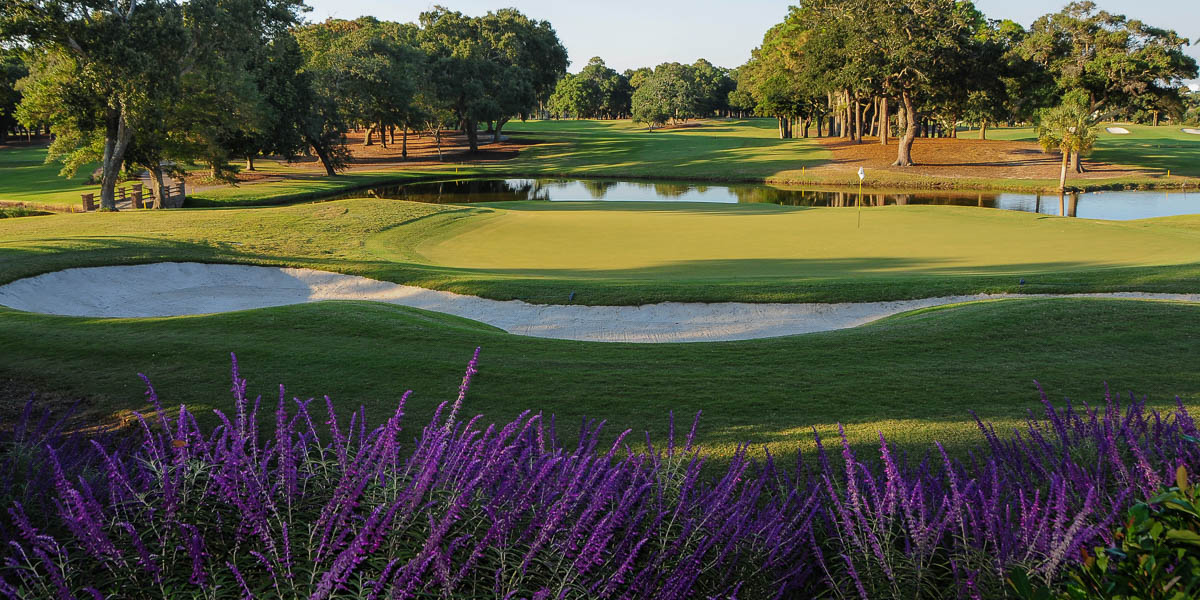The second-oldest course in Myrtle Beach is a must-play in any trip to the South Carolina Lowcountry
MYRTLE BEACH, SC (May 5, 2018) – It seems as if Myrtle Beach has been one of the nation’s top golf destinations forever, but that’s not really the case. Sixty years ago, very few players targeted South Carolina’s Lowcountry alongside the Atlantic as a must-play stop for golf; after all, most of the area’s 100-plus courses have been open for business only since the 1970s.
One of the region’s best facilities, The Dunes Golf & Beach Club, is not only the one of the oldest course here it’s also one of the most significant. Its class in design and constant challenge had a hand in bringing golfers to the area and have stayed at the forefront of conversations about golf in this part of the world.
Work began on The Dunes Club in 1947 and it was ready for play as a nine-hole venue in 1949, making it the Grand Strand’s second golf facility.
The Dunes Club has a classic pedigree thanks to a location along Singleton Swash overlooking the Atlantic Ocean and an inspired early-career routing by Robert Trent Jones, who began the project fresh off his collaboration with Bobby Jones at Atlanta’s Peachtree Golf Club. The Dunes Club was Jones’ first high-dollar project and its success placed him at the forefront of American golf course design.
From 1954 to 2005, The Dunes Club hosted the final round of the Golf Writers Association of America tournament. Held the weekend before the Masters, the tournament attracted the nation’s most influential golf writers to the area and is often credited with helping turn Myrtle Beach into a golf destination.
In the 64 years since opening, The Dunes Club is firmly established as one of the top 100 in virtually every ranking of America’s top classic courses.
Jones changed his original design in 1976-77 with modifications to Nos. 3, 4, 11, 15 and 18, and made more tweaks in 1992. In 2001, an extra hole was added between 13 and 14; this “alternate hole” is used when another is closed for maintenance.
In 2003, Rees Jones, RTJ’s son, restored all the greens to their original shape and made minor alterations to the first, eighth, 13th, 16th and 18th greens to keep them consistent with the course’s initial design.
The Dunes Club plays at a par of 72 and 7,195 yards from its back set of five tees. From there, the course carries a stout rating of 75.1 and a Slope of 145. The renovations have retained the essence of the original, proving that the layout has withstood the numerous equipment changes over the decades.
Much of its routing is through avenues defined by pine and mossy, live oak trees. The design is very traditional, with elevated greens and plenty of huge bunkers, and weaves among coastal woodlands then out to an ocean view on the ninth hole, and back around coastal marshlands on the home half.
Seven of the 10 par-4s at The Dunes Club play 425 yards or more from the tips; these include the 465-yard sixth, 430-yard 11th, 450-yard 14th and 430-yard closer.
Many people consider the collection of par-5s here the best set found on any Jones-designed course. The first, the 505-yard fourth, is a dogleg-left with two huge bunkers at the elbow that narrow the landing area. In order to have a chance to go for the green in two, the drive must carry these hazards. The elevated and shallow putting surface is surrounded by a quartet of bunkers and fronted by a pond that also must be carried.
The 200-yard par-3 ninth has a raised green that is shallow and wide, and is near the edge of the Atlantic. Four bunkers guard its front, making club selection here crucial.
Nos. 11-13 comprises “Alligator Alley,” a stretch that might be the top three consecutive holes in the entire Myrtle Beach area. The par-4 11th is the only hole on the course that has been significantly redesigned. It’s now a daunting dogleg-right of 430 yards and ends at a peninsular green. Drives must stay to the left side of the fairway to avoid the Swash.
The 245-yard par-3 12th is all anyone would want in a one-shotter; it’s protected on the entire right flank and at the green’s right-front by a marsh. Its putting surface is just 26 yards deep and surrounded by four bunkers, leaving no room for error.
The Dunes Club’s signature hole and perhaps the most renowned offering in the Grand Strand is the 590-yard 13th. Called “Waterloo,” it turns about 75 degrees to the right from tee to green. The farther down the fairway and closer to danger one hits a tee shot, the narrower the landing area becomes as it’s bordered by Lake Singleton – home to a 20-foot alligator – on the right. The best attack is to hit the ball about 220 yards and snuggle it up to the lake without going in. From there, players can cut as much or as little of the lake they want trying to get home.
There’s even more teeth at the 13th green. There’s a trio of deep bunkers around this two-tiered target and finding the wrong level almost guarantees a three-putt. Justifiably, the 13th was once named one of America’s 18 best holes by Sports Illustrated.
The finisher is a dandy. The 430-yard par-4 heads up a hill and into the wind. With water fronting the green and the prevailing, facing wind coming off the nearby Atlantic, many players prefer to hit short of the pond and try for a one-putt par.
With its rolling fairways and large greens, The Dunes Club places a premium on shot-making. Hitting the ball to the correct spot in the fairway can generate extra roll and the preferred angle. It’s a bit of a cliché, but golfers will use every club in their bag here.
The Dunes Club has hosted some of golf’s most prestigious events, including the U.S. Women’s Open, six Senior PGA Tour Championships and the finals of the PGA Tour’s Q-School. This classic Jones layout certainly has stood the test of time and is a lasting legacy to one of the game’s great architects.








